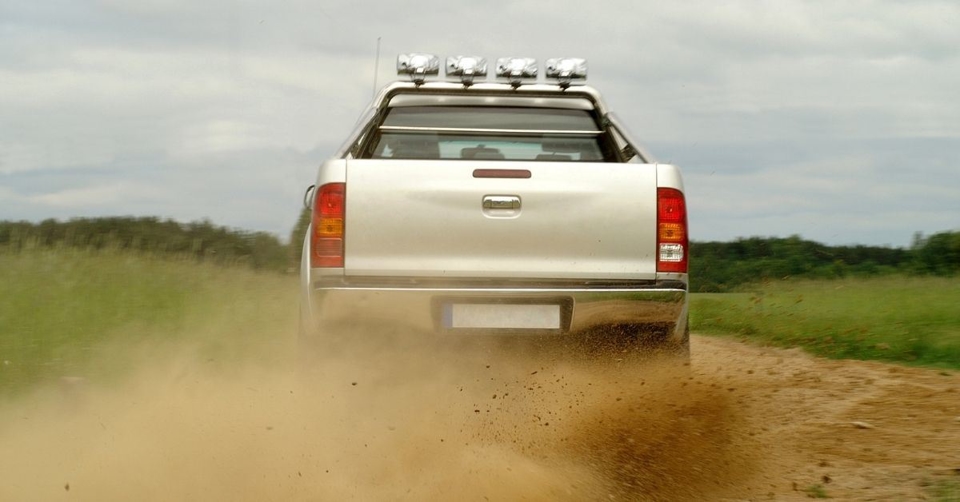As winter approaches, it is a good idea to remember some of the road hazards that come with it. From rain to snow to dust and all the potholes in between, learning to drive in hazardous road conditions is one of the most important things you can do to make sure you and your loved ones stay safe.
What Are Hazardous Road Conditions?
Hazardous road conditions are anything that can make safely operating your vehicle difficult. Most hazardous road conditions are weather-related, such as the following:
- Rain: reduces visibility, roads become slippery, may cause flooding.
- Snow: reduces visibility, ice may form and cause the roads to become slippery.
- Hail: reduces visibility, may cause damage to the car.
- Dust: reduces visibility.
- Heat: rough on your vehicle, may cause tire blowouts and overheated engines.
Other hazards can be contributed to:
- Pot holes: may cause damage to the car, may cause the driver to lose control of the car.
- Construction Zones: irregular lanes, changing speeds, unusual objects in the road.
- Inadequate Signs: misleads drivers, delays reaction times.
- Animals: striking an animal like a deer can be just as dangerous to the driver as it is to the animal.
How to Drive in Hazardous Road Conditions?
Practice and experience are the only real ways to learn how to drive in hazardous road conditions.
- Drive Smart: use common sense! This is not the time to drive creatively.
- Practice: pick a safe place and time when no other cars are around. Test conditions like braking quickly and swerving suddenly.
- Safe Speed: when conditions become hazardous, adjust your speed. Be mindful of how other cars are driving around you and make sure you aren’t impeding the flow of traffic.
- Safe Distance: whether driving on a clear, sunny day or in the nighttime blizzard, always maintain a safe distance between you and the cars around you.
Prepare the Car
There are necessities your car should have stocked at all times:
- First Aid Kit: make sure it is stocked with bandages, gauze, pain killers, ointments, scissors, tweezers, etc.
- Water: store water in containers in the trunk (non-plastic for hot climates).
- Jumper Cables: a no brainer, but also keep instructions on how to use the jumper cables with them, just in case.
- Flares: or caution cones or roadside triangles.
If you know you’ll be traveling through specific types of weather, try to prepare for the worst. Small essentials can make all the difference when driving in hazardous conditions.
- Cold Weather: Tire chains, ice scraper, wool blankets, extra hats/gloves/socks.
- Wet Weather: Umbrella, poncho, change of clothes, towels.
- Hot Weather: sun shades, sunscreen, sunglasses, water.
- Any Weather: phone chargers, tissues, hand sanitizer, hand-cranked radios, non-perishable snacks, flashlight, small toolbox, bungee cable, etc.
If you’ve been injured in a car accident due to negligent and/or hazardous conditions, contact the law offices of Kamper & Estrada, PLLC. Our experienced personal injury attorneys offer free one-hour consultations. Learn about your options today.




